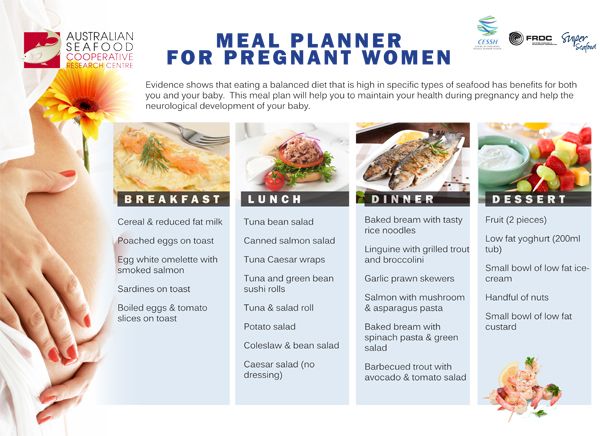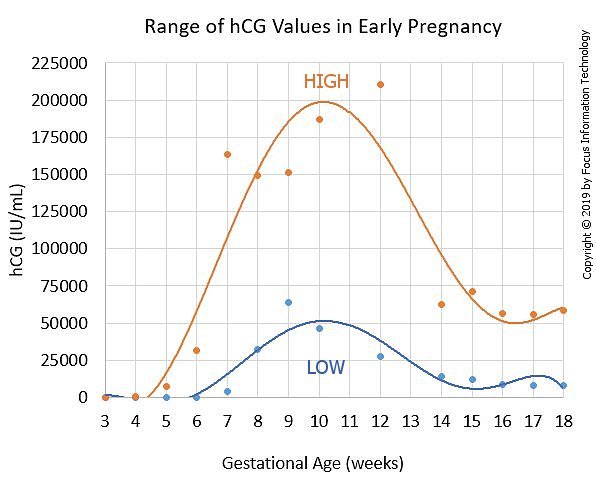When is a baby safe to be born
How Many Weeks Early Can You Safely Give Birth?
The end of the third trimester of pregnancy is typically full of both excitement and anxiety for baby’s arrival. It can also be physically uncomfortable and emotionally draining.
If you’re in this stage of pregnancy now, you might be experiencing swelling ankles, increased pressure in your lower abdomen and pelvis, and circling thoughts, such as, when will I go into labor?
By the time you reach 37 weeks, labor induction might seem like a beautiful gift from the universe, but researchers recommend waiting until your baby is full term, unless there are major health concerns for you or your baby.
A full-term pregnancy is 40 weeks long. Although health practitioners once considered “term” to be from week 37 to week 42, those last few weeks are too vital to ignore.
It’s in this final crunch time that your body makes its final preparations for childbirth, while your baby completes the development of necessary organs (like the brain and lungs) and reaches a healthy birth weight.
The risk for neonatal complications is lowest in uncomplicated pregnancies delivered between 39 and 41 weeks.
To give your baby the healthiest start possible, it’s important to remain patient. Elected labor inductions before week 39 can pose short- and long-term health risks for the baby. Deliveries occurring at week 41 or later can have increased complications too.
No two women — no two pregnancies — are the same. Some babies will naturally arrive early, others late, without any major complications.
The American College of Obstetricians and Gynecologists categorize deliveries from week 37 to 42 as follows:
- Early term: 37 weeks through 38 weeks, 6 days
- Full term: 39 weeks through 40 weeks, 6 days
- Late term: 41 weeks through 41 weeks, 6 days
- Post-term: 42 weeks and beyond
The earlier your baby is born, the greater the risks to their health and survival.
If born before week 37, your baby is considered a “preterm” or “premature” baby. If born before week 28, your baby is considered “extremely premature.”
Babies born between weeks 20 to 25 have a very low chance of surviving without neurodevelopmental impairment. Babies delivered before week 23 have only a 5 to 6 percent chance of survival.
Nowadays, preterm and extremely preterm babies have the benefit of medical advances to help support the continued development of organs until their level of health is equivalent to that of a term baby.
If you know you’ll have an extremely preterm delivery, you can work with your healthcare practitioner to create a plan for the care you and your baby will receive. It’s important to talk openly with your doctor or midwife to learn all of the risks and complications that may arise.
One of the most important reasons you want to reach full term in pregnancy is to ensure the complete development of the baby’s lungs.
However, there are many factors related to the mom, baby, and placenta which will require the healthcare practitioner, doctor, or midwife to balance the risks associated with reaching full term against the benefit of full lung maturity.
Some of these factors include placenta previa, a prior cesarean or myomectomy, preeclampsia, twins or triplets, chronic hypertension, diabetes, and HIV.
In some cases, delivery earlier than 39 weeks is necessary. If you go into labor early or if your healthcare provider recommends labor induction, it’s still possible to have a positive, healthy experience.
According to the National Center for Health Statistics, most babies are born full term. To be specific:
- 57.5 percent of all recorded births occur between 39 and 41 weeks.
- 26 percent of births occur at 37 to 38 weeks.
- About 7 percent of births occur at weeks 34 to 36
- About 6.5 percent of births occur at week 41 or later
- About 3 percent of births occur before 34 weeks of pregnancy.
Some women experience recurrent preterm deliveries (having two or more deliveries before 37 weeks).
Just like having a previous preterm baby is a risk factor for having another preterm baby, women with a prior post-term delivery are more likely to have another post-term delivery.
The odds of having a post-term birth increase if you are a first-time mother, having a baby boy, or obese (BMI greater than 30).
Most of the time, the cause of a premature birth remains unknown. However, women with a history of diabetes, heart disease, kidney disease, or high blood pressure are more likely to experience preterm deliveries. Other risk factors and causes include:
- pregnant with multiple babies
- bleeding during pregnancy
- misusing drugs
- getting a urinary tract infection
- smoking tobacco
- drinking alcohol during pregnancy
- premature birth in a previous pregnancy
- having an abnormal uterus
- developing an amniotic membrane infection
- not eating healthy before and during pregnancy
- a weak cervix
- a history of an eating disorder
- being overweight or underweight
- having too much stress
There are many health risks for preterm babies. Major life-threatening issues, like bleeding in the brain or lungs, patent ductus arteriosus, and neonatal respiratory distress syndrome, can sometimes be successfully treated in the neonatal intensive care unit (NICU) but often require long-term treatment.
Other risks involved with preterm deliveries include:
- developmental delays
- trouble breathing
- vision and hearing problems
- low birth weight
- difficulties latching onto the breast and feeding
- jaundice
- difficulty regulating body temperature
Most of these conditions will require specialized care in a NICU. This is where the healthcare professionals will perform tests, provide treatments, assist breathing, and help feed premature infants. The care a newborn receives in the NICU will help ensure the best quality of life as possible for your baby.
Things to know about the NICU
For families who do end up with a baby in the NICU, there are a few simple things that can make a huge difference for baby’s overall health and recovery.
First, practicing kangaroo care, or holding baby directly skin to skin has been shown to reduce rates of mortality, infection, illness, and the length of hospital stay. It can also help parents and babies bond.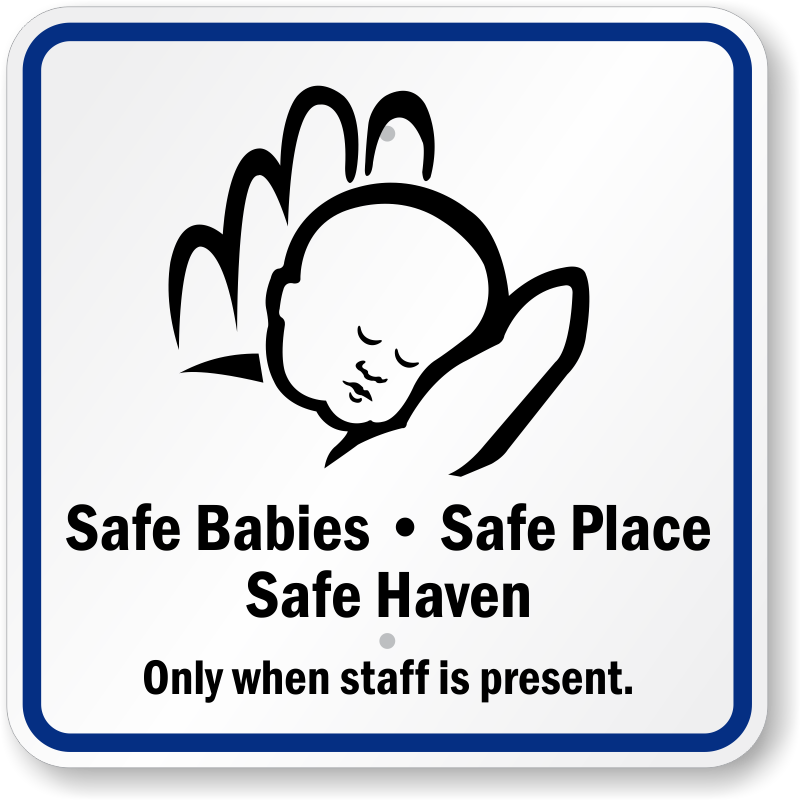
Second, receiving human breast milk in the NICU has been found to improve survival rates and dramatically reduce rates of a severe gastrointestinal infection called necrotizing entercolitis compared to babies who receive formula.
Moms who give birth to a preterm baby should start pumping breast milk as soon as possible after birth, and pump 8 to 12 times per day. Donor milk from a milk bank is also an option.
Doctors and nurses will watch your baby as they grow to ensure proper care and treatment, if it’s necessary. It’s important to stay informed, find the appropriate specialized care, and remain consistent with any future treatments and appointments.
Though there are no magical spells to ensure full-term pregnancies, there are a few things you can do on your own to lower your risk of early labor and birth.
Before getting pregnant
Get healthy! Are you at a healthy weight? Are you taking prenatal vitamins? You’ll also want to cut back on alcohol, try to stop smoking, and not misuse any drugs.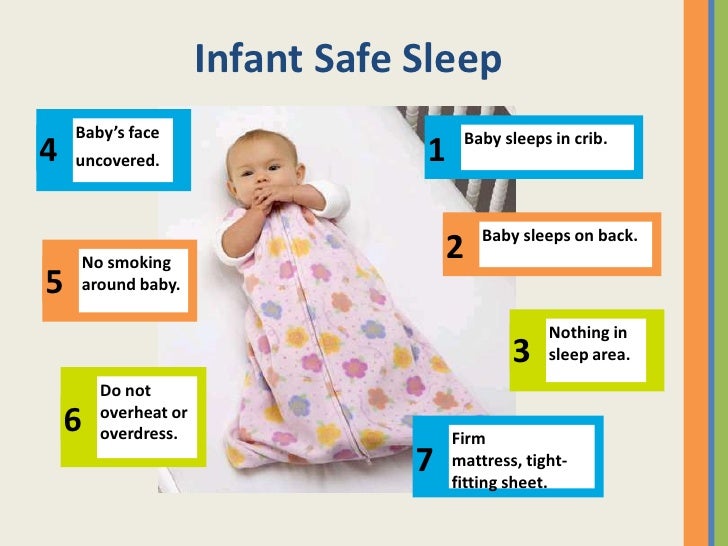
Exercise regularly and try to eliminate any unnecessary sources of stress from your life. If you have any chronic health conditions, get treated and remain consistent with treatments.
During pregnancy
Follow the rules. Eat healthy and get the proper amount of sleep. Exercise regularly (be sure to check with your healthcare provider before beginning any new exercise routine during pregnancy).
Go to every scheduled prenatal appointment, give an honest and thorough health history to your healthcare provider, and follow their advice. Protect yourself from potential infections and sickness. Make an effort to gain the appropriate amount of weight (again, talk to your OB about what’s ideal for you).
Seek medical attention for any warning signs of preterm labor, such as contractions, constant low back pain, water breaking, abdominal cramps, and any changes in vaginal discharge.
After delivery
Wait at least 18 months before trying to conceive again. The shorter the time is between pregnancies, the greater the risk for a preterm delivery, according to the March of Dimes.
The shorter the time is between pregnancies, the greater the risk for a preterm delivery, according to the March of Dimes.
If you’re older than 35, talk to your healthcare provider about the appropriate amount of time to wait before trying again.
Giving birth unexpectedly to a premature or post-term baby can be stressful and complicated, especially when it can’t be prevented. Talk with your doctor or midwife and stay informed.
Learning as much as you can about the procedures and treatments available to you and your baby will help lower anxieties and give you a sense of control.
Keep in mind that the options and support for premature babies have improved over the years, and the odds of leaving the hospital with a healthy baby are higher than ever before. The more you know, the better prepared you’ll be to provide your little one with all of the love and care they deserve.
How Many Weeks Early Can You Safely Give Birth?
The end of the third trimester of pregnancy is typically full of both excitement and anxiety for baby’s arrival. It can also be physically uncomfortable and emotionally draining.
It can also be physically uncomfortable and emotionally draining.
If you’re in this stage of pregnancy now, you might be experiencing swelling ankles, increased pressure in your lower abdomen and pelvis, and circling thoughts, such as, when will I go into labor?
By the time you reach 37 weeks, labor induction might seem like a beautiful gift from the universe, but researchers recommend waiting until your baby is full term, unless there are major health concerns for you or your baby.
A full-term pregnancy is 40 weeks long. Although health practitioners once considered “term” to be from week 37 to week 42, those last few weeks are too vital to ignore.
It’s in this final crunch time that your body makes its final preparations for childbirth, while your baby completes the development of necessary organs (like the brain and lungs) and reaches a healthy birth weight.
The risk for neonatal complications is lowest in uncomplicated pregnancies delivered between 39 and 41 weeks.
To give your baby the healthiest start possible, it’s important to remain patient. Elected labor inductions before week 39 can pose short- and long-term health risks for the baby. Deliveries occurring at week 41 or later can have increased complications too.
No two women — no two pregnancies — are the same. Some babies will naturally arrive early, others late, without any major complications.
The American College of Obstetricians and Gynecologists categorize deliveries from week 37 to 42 as follows:
- Early term: 37 weeks through 38 weeks, 6 days
- Full term: 39 weeks through 40 weeks, 6 days
- Late term: 41 weeks through 41 weeks, 6 days
- Post-term: 42 weeks and beyond
The earlier your baby is born, the greater the risks to their health and survival.
If born before week 37, your baby is considered a “preterm” or “premature” baby. If born before week 28, your baby is considered “extremely premature.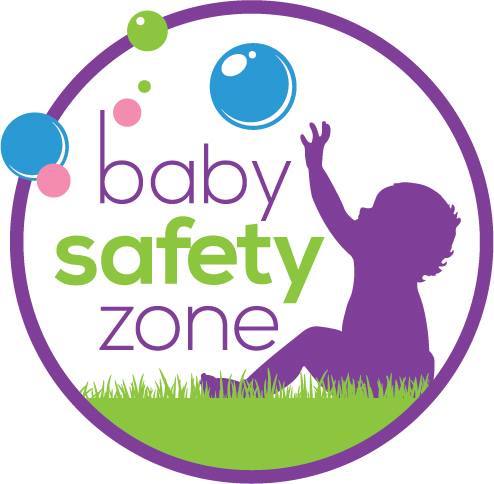 ”
”
Babies born between weeks 20 to 25 have a very low chance of surviving without neurodevelopmental impairment. Babies delivered before week 23 have only a 5 to 6 percent chance of survival.
Nowadays, preterm and extremely preterm babies have the benefit of medical advances to help support the continued development of organs until their level of health is equivalent to that of a term baby.
If you know you’ll have an extremely preterm delivery, you can work with your healthcare practitioner to create a plan for the care you and your baby will receive. It’s important to talk openly with your doctor or midwife to learn all of the risks and complications that may arise.
One of the most important reasons you want to reach full term in pregnancy is to ensure the complete development of the baby’s lungs.
However, there are many factors related to the mom, baby, and placenta which will require the healthcare practitioner, doctor, or midwife to balance the risks associated with reaching full term against the benefit of full lung maturity.
Some of these factors include placenta previa, a prior cesarean or myomectomy, preeclampsia, twins or triplets, chronic hypertension, diabetes, and HIV.
In some cases, delivery earlier than 39 weeks is necessary. If you go into labor early or if your healthcare provider recommends labor induction, it’s still possible to have a positive, healthy experience.
According to the National Center for Health Statistics, most babies are born full term. To be specific:
- 57.5 percent of all recorded births occur between 39 and 41 weeks.
- 26 percent of births occur at 37 to 38 weeks.
- About 7 percent of births occur at weeks 34 to 36
- About 6.5 percent of births occur at week 41 or later
- About 3 percent of births occur before 34 weeks of pregnancy.
Some women experience recurrent preterm deliveries (having two or more deliveries before 37 weeks).
Just like having a previous preterm baby is a risk factor for having another preterm baby, women with a prior post-term delivery are more likely to have another post-term delivery.
The odds of having a post-term birth increase if you are a first-time mother, having a baby boy, or obese (BMI greater than 30).
Most of the time, the cause of a premature birth remains unknown. However, women with a history of diabetes, heart disease, kidney disease, or high blood pressure are more likely to experience preterm deliveries. Other risk factors and causes include:
- pregnant with multiple babies
- bleeding during pregnancy
- misusing drugs
- getting a urinary tract infection
- smoking tobacco
- drinking alcohol during pregnancy
- premature birth in a previous pregnancy
- having an abnormal uterus
- developing an amniotic membrane infection
- not eating healthy before and during pregnancy
- a weak cervix
- a history of an eating disorder
- being overweight or underweight
- having too much stress
There are many health risks for preterm babies. Major life-threatening issues, like bleeding in the brain or lungs, patent ductus arteriosus, and neonatal respiratory distress syndrome, can sometimes be successfully treated in the neonatal intensive care unit (NICU) but often require long-term treatment.
Other risks involved with preterm deliveries include:
- developmental delays
- trouble breathing
- vision and hearing problems
- low birth weight
- difficulties latching onto the breast and feeding
- jaundice
- difficulty regulating body temperature
Most of these conditions will require specialized care in a NICU. This is where the healthcare professionals will perform tests, provide treatments, assist breathing, and help feed premature infants. The care a newborn receives in the NICU will help ensure the best quality of life as possible for your baby.
Things to know about the NICU
For families who do end up with a baby in the NICU, there are a few simple things that can make a huge difference for baby’s overall health and recovery.
First, practicing kangaroo care, or holding baby directly skin to skin has been shown to reduce rates of mortality, infection, illness, and the length of hospital stay. It can also help parents and babies bond.
Second, receiving human breast milk in the NICU has been found to improve survival rates and dramatically reduce rates of a severe gastrointestinal infection called necrotizing entercolitis compared to babies who receive formula.
Moms who give birth to a preterm baby should start pumping breast milk as soon as possible after birth, and pump 8 to 12 times per day. Donor milk from a milk bank is also an option.
Doctors and nurses will watch your baby as they grow to ensure proper care and treatment, if it’s necessary. It’s important to stay informed, find the appropriate specialized care, and remain consistent with any future treatments and appointments.
Though there are no magical spells to ensure full-term pregnancies, there are a few things you can do on your own to lower your risk of early labor and birth.
Before getting pregnant
Get healthy! Are you at a healthy weight? Are you taking prenatal vitamins? You’ll also want to cut back on alcohol, try to stop smoking, and not misuse any drugs.
Exercise regularly and try to eliminate any unnecessary sources of stress from your life. If you have any chronic health conditions, get treated and remain consistent with treatments.
During pregnancy
Follow the rules. Eat healthy and get the proper amount of sleep. Exercise regularly (be sure to check with your healthcare provider before beginning any new exercise routine during pregnancy).
Go to every scheduled prenatal appointment, give an honest and thorough health history to your healthcare provider, and follow their advice. Protect yourself from potential infections and sickness. Make an effort to gain the appropriate amount of weight (again, talk to your OB about what’s ideal for you).
Seek medical attention for any warning signs of preterm labor, such as contractions, constant low back pain, water breaking, abdominal cramps, and any changes in vaginal discharge.
After delivery
Wait at least 18 months before trying to conceive again. The shorter the time is between pregnancies, the greater the risk for a preterm delivery, according to the March of Dimes.
The shorter the time is between pregnancies, the greater the risk for a preterm delivery, according to the March of Dimes.
If you’re older than 35, talk to your healthcare provider about the appropriate amount of time to wait before trying again.
Giving birth unexpectedly to a premature or post-term baby can be stressful and complicated, especially when it can’t be prevented. Talk with your doctor or midwife and stay informed.
Learning as much as you can about the procedures and treatments available to you and your baby will help lower anxieties and give you a sense of control.
Keep in mind that the options and support for premature babies have improved over the years, and the odds of leaving the hospital with a healthy baby are higher than ever before. The more you know, the better prepared you’ll be to provide your little one with all of the love and care they deserve.
Medical myths about childbirth: exact date, spicy food and waste of water
- Claudia Hammond
- BBC Future
help you figure out the events. ”
”
Copyright © iStock
Some of the myths about childbirth, about what affects childbirth and how it goes, have been formed for a long time and are unusually strong in our minds. Columnist BBC Future questions three of them.
1. During the first pregnancy, childbirth occurs later
The truth is that only 4% of children are born at term. Very often, childbirth comes later, but just as often - earlier.
When computer scientist Allen Downey of Olin Technical College (Massachusetts, USA) studied data from a 2002 survey conducted by the Federal Agency for Disease Control and Prevention, he found that first pregnancies were less likely to have a full term birth than first pregnancies. second (and so on) pregnancy. nine0011
- Why childbirth is so difficult and dangerous
- Caesarean section versus natural childbirth: which is better?
- Is it possible to determine the sex of a child by the size of the mother's belly?
- "Age is one day": the first hours of a new life
Yes, his analysis of the data confirmed that the first child is often born later than expected.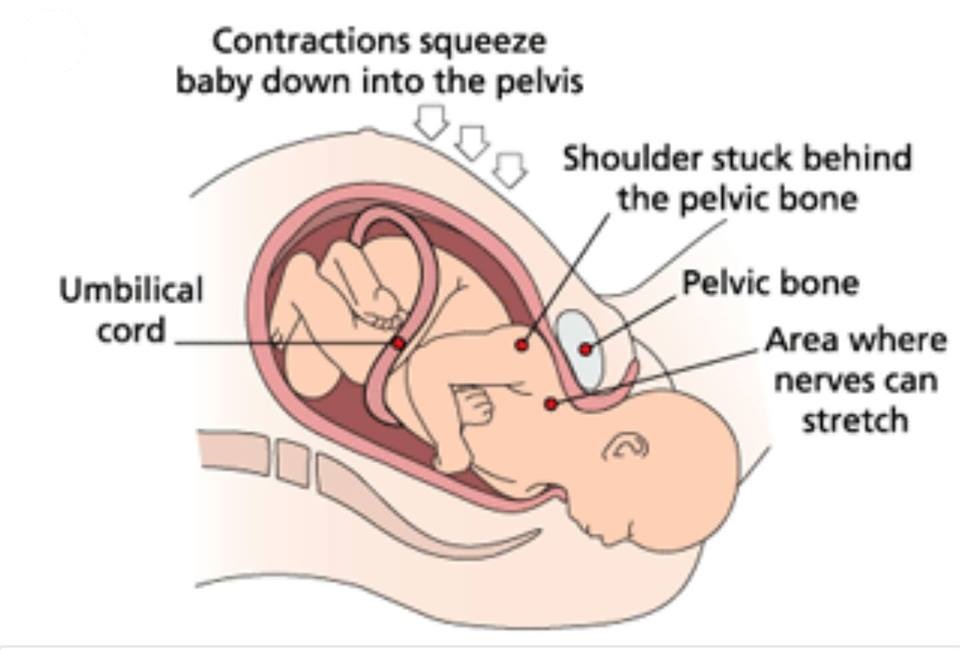 But it is just as likely (compared to the second or third child) that he will be born prematurely.
But it is just as likely (compared to the second or third child) that he will be born prematurely.
Downey did find that first pregnancies are on average a little later than subsequent pregnancies, but only 16 hours (average) for fully-term babies. nine0011
But since we decided to deal with all babies, I think it's fair to include those who are born prematurely in our study.
Image copyright, iStock
Image caption,It may seem strange, but very few babies are born at term
16 hours is not much, so the notion that first pregnancies are usually born several hours late days, or even a week, is not true.
This, of course, sometimes happens, and stories about it can often be heard from the lips of those who witnessed them. However, if we are looking for general trends, individual personal histories are unlikely to help. nine0011
It may seem strange to some that so few babies are born at term, but perhaps there is nothing surprising in this.
- Pregnancy and childbirth in Britain: free of charge and without a doctor
- Katerina Arkharova's blog. Dad's Day, or Who and what needs to know about childbirth?
The due date is usually calculated from the date of the last menstrual period. Not every woman can accurately remember this day.
Also, it's a big question whether we should expect each pregnancy to last the same number of weeks. nine0011
In one study, scientists measured hormone levels in the urine of women who were trying to get pregnant every day.
This made it possible to accurately determine when fertilization occurred and calculate the correct duration of pregnancy. As a result, it turned out that the terms may differ in some cases by as much as five weeks. (According to some experts, in general, a woman has only a 4-5% chance of giving birth at the calculated date. - Translator's note. )
)
In the case of a second or third pregnancy, the estimated date of delivery may also depend on the interval between pregnancies. nine0011
According to research, if conception occurs within the first year after the birth of a child, the second pregnancy is often shorter.
Some believe that it is necessary to abolish the indication of the exact date of birth altogether. Instead, women should be given a later date and told that they will have had a baby by then.
This will result in 96% of couples who are expecting their first child being spared endless worry and stress about the "right" due date. nine0011
2. Spicy food can induce labor
When the due date passes and the baby doesn't even think of being born, a good half of women decide to take matters into their own hands.
At any rate, according to one study, more than one-fifth of those American pregnant women who hope to induce labor turn to spicy curry.
- Why Chinese mothers do not leave home after giving birth
- Russian woman who gave birth 69children: fact or fiction?
The theory behind this is this: a spicy dish can increase peristalsis (wave-like contraction of the walls of the esophagus, stomach, intestines, ureters, etc., contributing to the promotion of their contents to the exit openings. - Translator's note ) - which, in turn will cause uterine contractions.
This method has never been studied scientifically. From time to time there are calls for a full-scale study to understand what can and cannot start the process of childbirth. nine0011
Image copyright, iStock
Image caption,It has long been believed that spicy foods can induce labor
But even if spicy foods can induce labor in some women, the effectiveness of this method also depends on the individual tolerance of acute and on your eating habits.
If you eat spicy foods daily, it may not work at all or have a strong effect.
3. Amniotic fluid always drains suddenly and in large quantities
In films, we often see how an actress playing a woman at a long pregnancy stage depicts fright on her face because liquid has (as we guess) poured out of her, contractions immediately begin, the woman grabs her stomach and her immediately taken to the hospital.
In reality, things often don't work like that at all. Contractions may begin before the water breaks. Sometimes they do not start at all, and doctors have to stimulate them artificially.
In rare cases, the fetal membrane does not rupture at all, and the child is "born in a shirt" (it is claimed, in particular, that this is how Sigmund Freud was born). nine0011
However, in most cases, if the waters have broken and everything coincides in terms, then the birth is already close (if not at all).
One large study found that three-quarters of women whose waters broke went into labor within the next 24 hours, most without any stimulation.
Those who expect to see some turbulent flow during the receding waters will be disappointed: although this should be considered the first signal that labor is approaching, amniotic fluid may simply ooze. nine0011
Read the original of this article in English at BBC Future .
If you are waiting for a hero
Main page / Printed materials
Views: 44210
“Often in the media there are stories about the birth of baby heroes, weighing five, six and even seven kilograms. It used to be thought that this was a sign of health, but is it really good? Svetlana Leonidovna.
The weight of a newborn from four kilograms is considered large, explains Victoria Panfilova, pediatric endocrinologist, MD, doctor of the Krasnoyarsk Regional Clinical Center for Maternal and Child Health.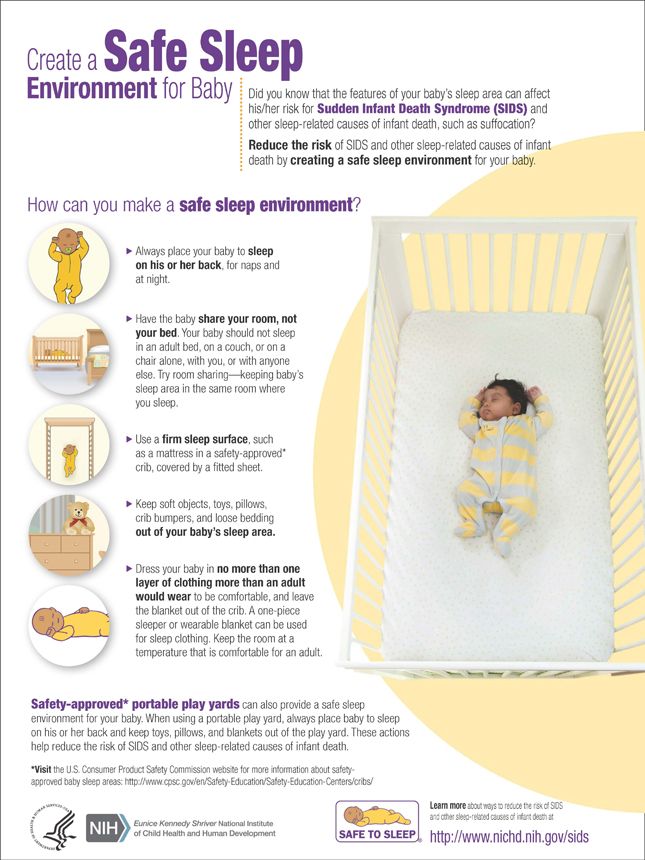 The birth of a baby weighing more than four and a half kilograms always causes particular alertness of doctors.
The birth of a baby weighing more than four and a half kilograms always causes particular alertness of doctors.
As a rule, it becomes known that the baby will be big by the third semester. This is found out during regular scheduled examinations by an obstetrician-gynecologist leading the pregnancy and during an ultrasound examination. The cause of the appearance of a baby hero may be hereditary factors. For example, the large physique of the child's parents. However, often the large weight of the crumbs can indicate the presence of endocrine problems in the mother or a predisposition to them. nine0011
-- There is a form of diabetes that develops during pregnancy - it's gestational diabetes, says Victoria Panfilova. - Before pregnancy, a woman may not suspect that she has this disease. With gestational diabetes, the likelihood of the formation of a large fetus is just high. In addition, the child's pancreas begins to help the mother's body. Excessive insulin production during this period can cause subsequent hypoglycemia in the newborn. nine0011
nine0011
There is no need to panic, the specialist warns, but it is necessary to be attentive to your health. Do not neglect routine medical studies, blood tests. So, the value of venous blood sugar on an empty stomach up to 5.1 mm / l is considered the norm. If this value is higher, then consultation with an endocrinologist is necessary. Also, at the 24-28th week of pregnancy, all pregnant women without a diagnosis of diabetes mellitus undergo an additional study - a glucose tolerance test. A pregnant woman with any form of diabetes should be under the supervision of doctors. The warnings of obstetrician-gynecologists of their patients about moderation in eating are not unfounded. The habit of eating for two, and even harmful sweets, can negatively affect both the well-being of a woman and the health of a child. nine0011
Victoria Panfilova warns that a woman does not need to be overweight, it can cause complications during pregnancy, childbirth, and the risk of metabolic disorders increases.
- Late detection of gestational diabetes is a serious problem. About a quarter of the women who come to us have this disease, - says Pavel Baurov, head of the consultative polyclinic of the regional clinical center for the protection of motherhood and childhood. -- Since 2013, a clinical protocol has been in place for pregnant women to undergo a glucose tolerance test. if the tests showed that the level of sugar in the blood is exceeded. But this rule is not always followed. nine0011
If the expectant mother has no serious illnesses, the baby's heavy weight is still a reason for the close attention of doctors.
-- The weight of a child over 4500 kg at the first birth is an indication for a caesarean section, explains Pavel Baurov. - If a little more than four, then the decision is made depending on the situation: the presence of any obstetric problems, chronic diseases. The largest newborn in my practice is a child weighing 5200. He was born by caesarean section. But there were cases when children weighing 4600 and 4800 were born naturally.

